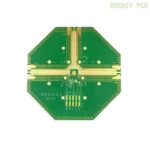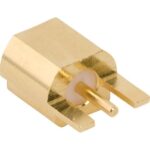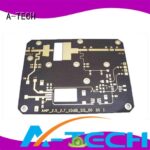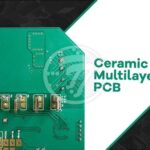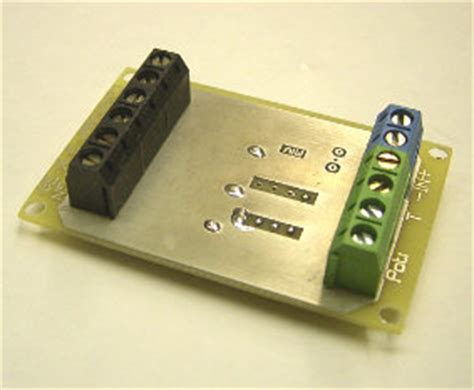
ALL ABOUT FLEX PCB
-
LED Fader Circuit: What Is It and How It Works?
Posted by
–
 Read more: LED Fader Circuit: What Is It and How It Works?
Read more: LED Fader Circuit: What Is It and How It Works?Table of Contents Introduction to LEDs What is an LED Fader Circuit? Components of an LED Fader Circuit How Does an LED Fader Circuit Work? Types of LED Fader Circuits Applications of LED Fader Circuits Building Your Own LED Fader Circuit Troubleshooting Common Issues Frequently Asked Questions (FAQ) Conclusion Request […]
-
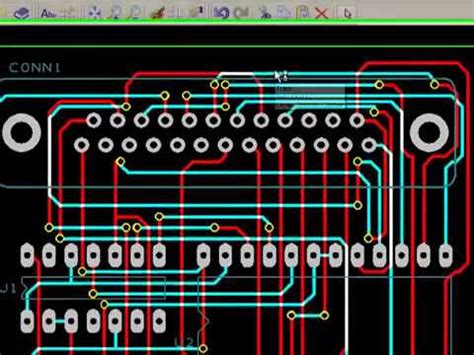 Read more: Ordering Specifications for PCB Artist Layout Software
Read more: Ordering Specifications for PCB Artist Layout SoftwareIntroduction to PCB Artist Layout Software PCB Artist is a powerful and user-friendly layout software designed for creating professional-grade printed circuit boards (PCBs). It offers a comprehensive set of tools and features that enable engineers, designers, and hobbyists to efficiently design and optimize their PCB layouts. Whether you are working […]
-
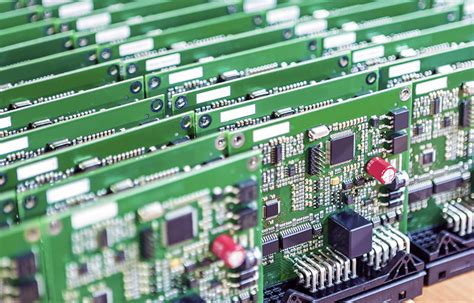 Read more: 10 Layer PCB Manufacturer: How to Choose the Right One for Your Project
Read more: 10 Layer PCB Manufacturer: How to Choose the Right One for Your ProjectUnderstanding the Complexity of 10 Layer PCBs 10 layer PCBs are highly complex structures that consist of ten conductive layers separated by insulating materials. These boards are designed to accommodate a large number of components and intricate circuitry, making them suitable for advanced electronic applications such as: High-performance computing systems […]
-
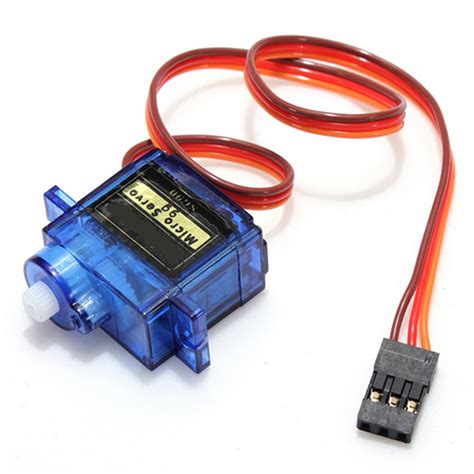 Read more: SG 90 Servos: How to Control These Mini-size Motors Using Arduino
Read more: SG 90 Servos: How to Control These Mini-size Motors Using ArduinoIntroduction to SG90 Servo Motors SG90 servo motors are a popular choice for hobbyists and professionals alike due to their small size, low cost, and ease of use. These mini-size motors are commonly used in robotics, RC vehicles, and other applications where precise control of angular position is required. In […]
-
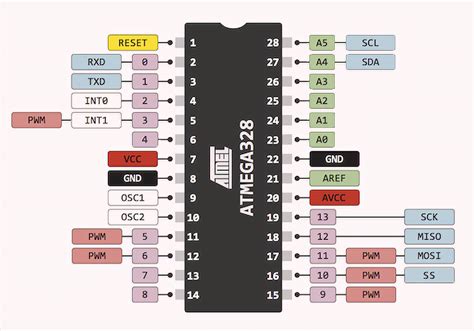 Read more: ATMEGA8 Pinout: How to Get the Best Out of This Microcontroller
Read more: ATMEGA8 Pinout: How to Get the Best Out of This MicrocontrollerIntroduction to ATMEGA8 The ATMEGA8 is a low-power, high-performance 8-bit microcontroller based on the AVR enhanced RISC architecture. It offers the following key features: 8KB of in-system programmable flash memory 1KB SRAM 512 bytes EEPROM 23 general-purpose I/O lines 32 general-purpose working registers Three flexible timer/counters with compare modes Internal […]
-
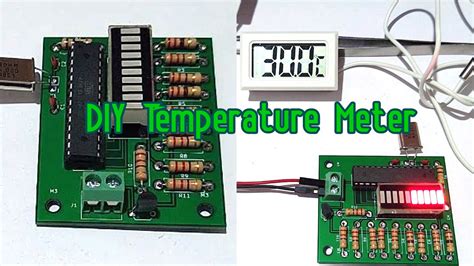 Read more: PCB Temperature: A Guide to How to Manage High Temperatures
Read more: PCB Temperature: A Guide to How to Manage High TemperaturesIntroduction to PCB Temperature Printed circuit boards (PCBs) are essential components in most modern electronic devices. They provide the foundation for mounting and interconnecting various electronic components. However, one critical factor that can significantly impact the performance and reliability of PCBs is temperature. High temperatures can lead to a range […]
-
PCB Trace Thickness-What You Should Know
Posted by
–
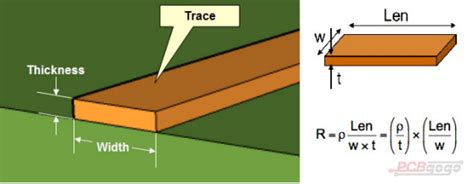 Read more: PCB Trace Thickness-What You Should Know
Read more: PCB Trace Thickness-What You Should KnowWhat is PCB Trace Thickness? PCB trace thickness refers to the thickness of the copper traces on a printed circuit board. These traces are the conductive paths that carry electrical signals and power between components on the board. The thickness of these traces is typically measured in ounces of copper […]
-
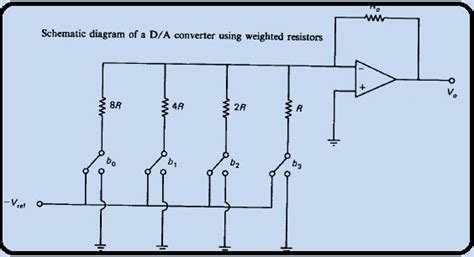 Read more: Types of DAC: Basics on Digital to Analog Converter ICS
Read more: Types of DAC: Basics on Digital to Analog Converter ICSWhat is a DAC? A DAC is a device that takes a digital input signal, typically in the form of binary code, and converts it into a corresponding analog output signal. The analog signal can be in the form of voltage, current, or charge. DACs are used in a wide […]
-
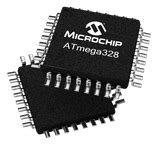 Read more: Atmega328p vs Atmega328- Features, Differences, and Similarities
Read more: Atmega328p vs Atmega328- Features, Differences, and SimilaritiesIntroduction to Atmega328 Microcontrollers The Atmega328 is a popular 8-bit microcontroller from Microchip (formerly Atmel). It is widely used in Arduino boards and other embedded systems due to its low cost, ease of use, and versatile features. There are two main variants of the Atmega328 microcontroller: – Atmega328 – Atmega328p […]
-
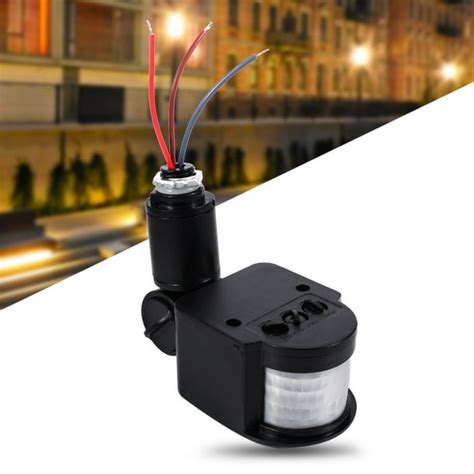 Read more: Light Sensors – Working Principles, Types, and Application
Read more: Light Sensors – Working Principles, Types, and ApplicationIntroduction to Light Sensors Light sensors are electronic devices that detect and measure the presence, intensity, or wavelength of light. These sensors are essential components in various applications, ranging from consumer electronics to industrial automation systems. Light sensors convert the received light energy into electrical signals, which can be processed […]
